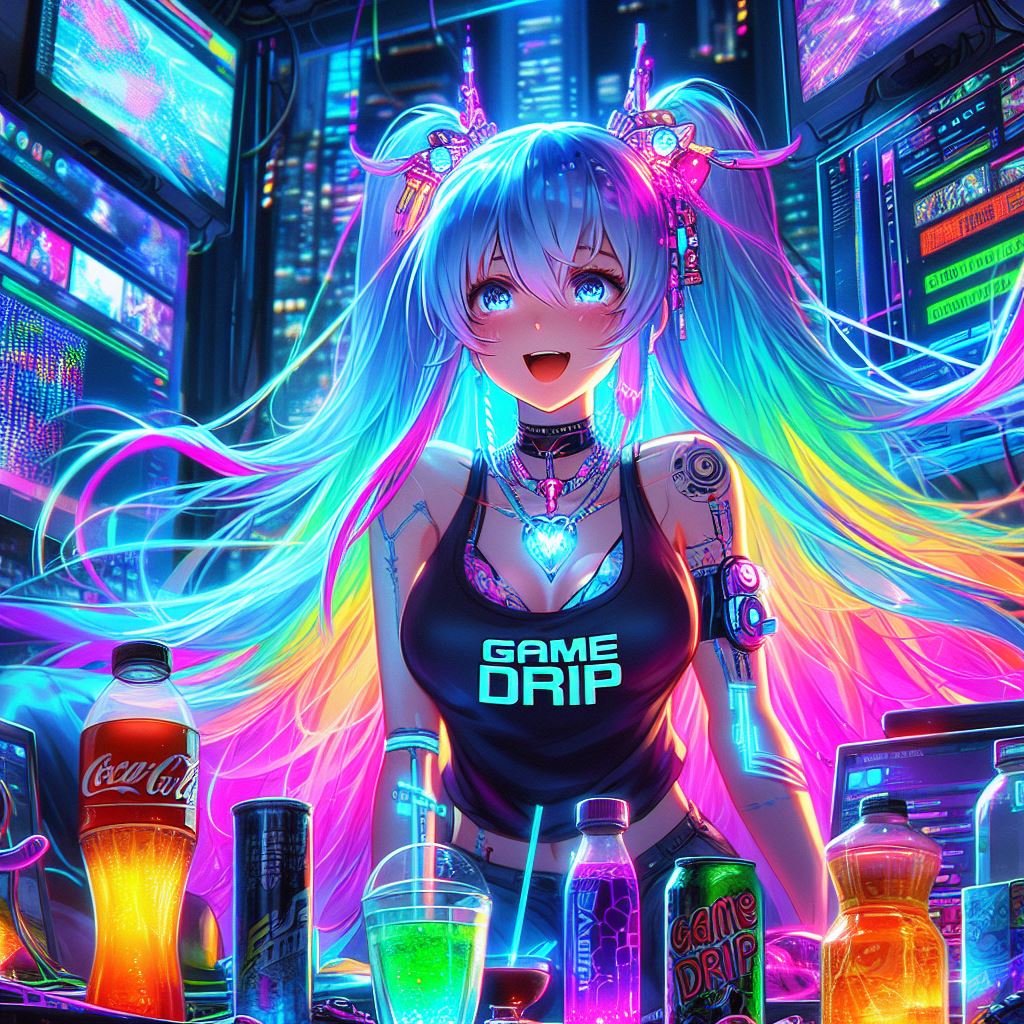As featured on Minecraft Servers Listing
#5h4d0w_c0m3un17y #1.18.2

But for those who found us, we are a community mainly based around art and games of all kinds especially electronic dance music. Shadows or 5h4d0w5 are followers of AvatarKage and are skilled people in the arts of defense, communication, survival, and creativity but not everyone and that’s fine too. Wearing all black with a glowing insignia, they blend perfectly within the dark night. Tho for the many outsiders who have met these people believe they operate some sort of flying machinery. However, their direct location remains completely anonymous…
This is its official Minecraft server with a hopefully future group attached to it here on PMC if approved. The community dates back from July 10th 2020 but only has approx. 80 members on the Discord nowadays with 30 others on the Facebook Group. Let’s expand it! Here are the Minecraft server’s timelines.
The server has kits, parties, ranks, chat leveling (will be synced with Discord later on), chat from MC to Discord, skills, and so much more slowly coming out!
CHANGELOG SINCE 2021
– New world
– New chat functions
– Better moderation
– Working kits
– 24/7 uptime
– 5 GB RAM (4 GB last time)
– New lobby and functions
– Warps
– Updated ranks
– Fixed permissions
– Private or public parties
– Chat and skill Leveling
– New achievements
– Can connect from 1.8.0 to 1.18.2
and best for last – new BUGS! 😀

April 30, 2021; 5h4d0w Minecraft server SMP rebuild 2.0 BETA
May 12, 2021; 5h4d0w Minecraft server SMP goes public
October 2, 2021; 5h4d0w Minecraft server rebuild 3.0 PRE-ALPHA
October 8, 2021; 5h4d0w Minecraft server goes private till 2022

February 22, 2022; 5h4d0w Minecraft server rebuild 3.0 starts
April 12, 2022; 5h4d0w Minecraft SMP returns public as a BETA
SMP aka survival multiplayer is a no PVP survival with the community with a planned PVP-only arena near the portal so players can challenge others for perhaps goods or simply to test their skills without the use of pro-PVP-made kits.
PVP (0% complete)
PVP aka player vs player is a dangerous place where there are areas and pro-PVP-made kits for battling each other. This game mode may also include a PVE aka player vs entity compartment for those who’d rather have a wilder fight.
Battlegrounds (0% complete)
Battlegrounds is a battle-royal-like mode with special kits and abilities to choose from before being sent to an island that consists of all 60+ Minecraft biomes. Many kits are native to certain biomes and are overpowered if used in said biome. Some in which you can send armies of mobs against your opponents to help you win the battlegrounds round. There will be a points and coins system to purchase higher-level kits.
Mini-Games (0% complete)
Not much information can be provided on this specific model as it is the least planned for as far as design go but could be anything really.
Creative (0% complete)
For artists of the community… for real tho? Mostly everyone is an artist here haha. Creative plots are spaces of a certain amount of blocks given in a cube for building your own structures for whatever purpose you may have for building them then showing them off to your friends and if you don’t have friends, I’m sure the community would appreciate to see your creative hard work.
Survival (0% complete)
Survival is an adventure mode world with enemies and bosses for you to defeat alongside, leveling up, completing quests, and raising to the max level. Currency and level here will be critical.
Parkour is the newest planned mode and not much thought was put into it yet but basically you have to climb your way to the highest level possible.
Currently, we need builders but anyone is welcome to apply for something else! APPLY HERE
surveyheart.com/form/61a2366168ff1721fc931ff7(link if text click fails)
Official Site (WIP)
[email protected] (if you want to appeal a ban)
[email protected] (if you need non-moderation related support)
OPTIONALLY YOU CAN JOIN OUR DISCORD FOR SERVER SUPPORT
Join 5h4d0w
Discord Server
www.discord.gg/59KjzyX
Facebook Group
www.facebook.com/groups/5h4d0w5
Subreddit
www.reddit.com/r/5h4d0w
Twitter Community
Coming soon…
Minecraft Server (JAVA & BEDROCK)
play.5h4d0w.xyz:25534 (66.11.118.119:25534)
use the second address is the main one fails
Planet Minecraft Group
Coming soon…
Follow the c0m3u17y
Twitter Profile
www.twitter.com/c0m3un17y
Instagram Profile
www.instagram.com/c0m3un17y
TikTok Profile
https://www.tiktok.com/@c0m3un17y
Facebook Profile
www.facebook.com/c0m3un17y




















